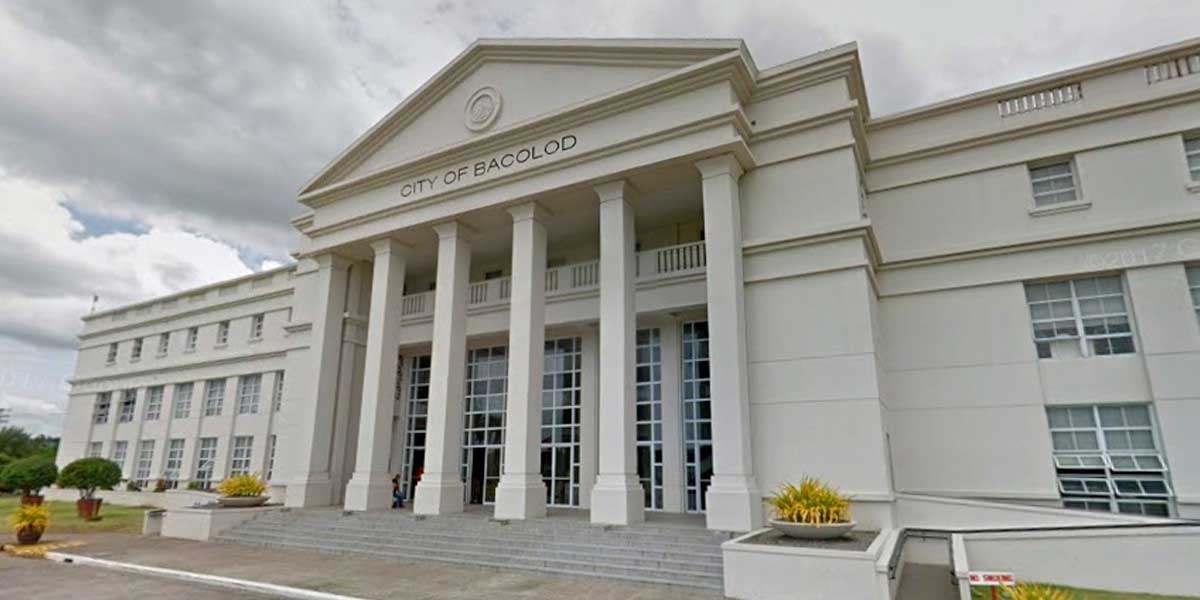
By Joseph B.A. Marzan
Getting a new fare matrix has been difficult for public utility vehicle (PUV) drivers and operators, pushing them to continue implementing old fares despite recent fare hikes, according to the Land Transportation Franchising and Regulatory Board-Region 6 (LTFRB-6) on Tuesday.
LTFRB-6 spokesperson Salvador Altura Jr. told Daily Guardian that as of Sept 30, 2022, they have issued 1,134 fare matrixes, including for 450 traditional jeepneys, 203 modern jeepneys, and 481 taxis.
As of this writing, their data indicated that no buses, airport taxis, Transport Network Vehicle Service (TNVS) users, and other PUV units, have obtained fare matrixes.
Unlike the 250,000-target mentioned by LTFRB Board Member Mercy Jane Paras-Leynes to GMA News on Monday, Altura said that there was not a fixed denomination in the region as to how many PUVs should be getting the matrixes.
Altura cited several factors as to why they have yet to obtain their fare matrixes, which are required by the LTFRB for individual units before they can implement new fares.
These include verification of an active transport franchise, distance of nearest LTFRB office, and business strategies by operators and drivers to attract passengers, among others.
Many of the individual units who came to verify their matrixes were found to have expired franchises, especially in the cities of Iloilo and Bacolod.
The verification process is done by consolidated PUV groups including companies and cooperatives, in a tedious process which scrutinizes the LTFRB’s records.
Once the units’ respective franchises are verified, P40 is paid to the LTFRB per unit for the verification, and then P520 per operator and P50 per unit before obtaining the fare matrix.
The matrixes are unit-specific and include the unit’s plate number as well as the particular area where it is required to be posted.
“We cannot prepare the matrix ahead of time because it is unit-specific. What we can prepare is the general format, but at the end of the day, we have to place the specific plate numbers,” Altura explained.
But they came across information that some PUVs, particularly traditional jeepneys, have taken advantage of the “no-matrix-no-fare-increase” rule, as modernized jeepneys now charge P14, up from P13 for the minimum fare.
For traditional jeepneys, fares increased to P12 from P11.
Altura said that because franchises were privileges given to PUV operators and drivers, there were no deadlines for them to get their fare matrixes, contributing to the culture of “colorum” or illegal transport units.
“When the modernized jeepneys started rolling out, riders’ preference shifted to the [latter]. Even if it was a bit more expensive, riders would choose [modernized jeepneys]. But now, since fares have increased, traditional jeeps, as part of their business strategy maybe, is not to get a fare matrix so they can charge the old rate. The difference there is greater, instead of just P2.00, they now have P4.00 [difference] in the minimum,” he stated.
Likewise, Altura recalled a conversation with a taxi driver who told him that their group opted not to verify, being uninterested to get the fare sticker which indicated the P45 flag-down rate, a P5 increase from the previous P40 tariff.
He clarified, however, that this may not be the same sentiment for other taxi groups that account for the 2,000 taxi units in the Western Visayas region.
As to the distance to their offices, Altura recognized the difficulty of drivers to travel to LTFRB offices just to have their franchises verified before getting a fare matrix, especially those who drive to Iloilo City from different parts of Iloilo and Guimaras provinces, and even parts of Panay Island.
He said that they will raise their need to create newer extensions and field offices with the LTFRB board during their conference of regional directors in Manila, which will start today.
LTFRB chairperson Cheloy Velicaria-Garafil emphasized last week that PUV drivers and operators cannot charge higher fares without obtaining the new fare matrix and displaying it in the conspicuous area of their vehicle.
The fare increase was approved by the public transport regulatory body in mid-September, but only became effective last Monday, October 3.





















